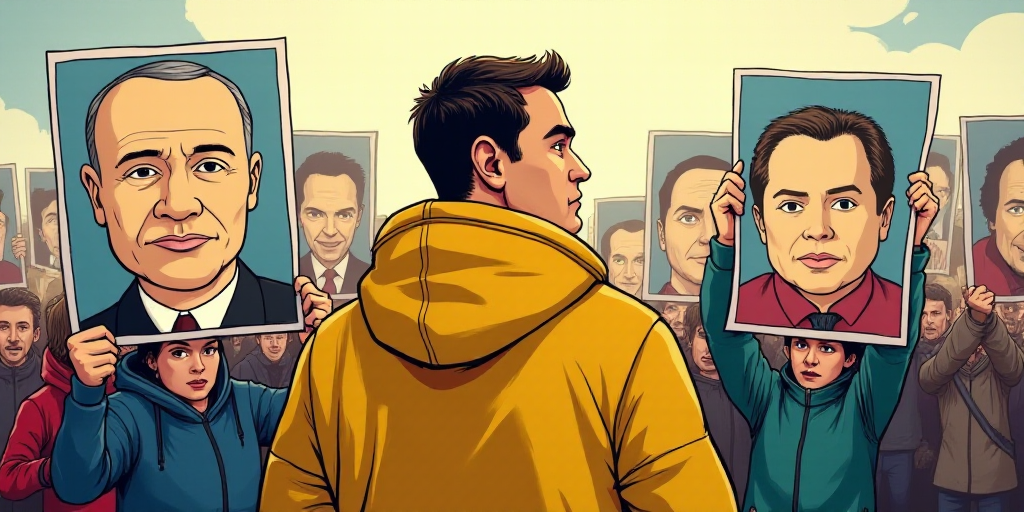Background on Key Figures and Context
The recent prisoner exchange between Ukraine and Russia marks another step in the ongoing conflict that began in 2014. Volodymyr Zelenskyy, the President of Ukraine, has been at the forefront of negotiations to secure the release of his country’s captured soldiers. Zelenskyy, elected in 2019, has gained international recognition for his leadership amidst the Russian invasion.
On the other side, Russia, led by President Vladimir Putin since 2012, has maintained its military offensive in Eastern Ukraine since 2014. The conflict has resulted in thousands of casualties and displaced millions, with no clear resolution in sight.
Prisoner Exchange Details
New Interchange Announced:
Both Ukraine and Russia announced on Thursday that they conducted another prisoner exchange under an agreement reached in early June during peace talks in Istanbul. The accord aimed to release all young or wounded soldiers and return the remains of deceased combatants from both sides.
According to President Zelenskyy, the exchange involved soldiers from the army, national guard, and border guard services who had been detained since 2022. However, neither Russia nor Ukraine disclosed the exact number of soldiers freed in this latest exchange, as has been the case in previous weeks.
Emotional Reunions
In Ukraine, families of the detained soldiers traveled to the Chernihiv region in northern Ukraine, eagerly awaiting the return of their loved ones. Some family members carried photos of missing soldiers, hoping for positive news.
Svitalna Nossal, wife of Viktor, expressed her immense joy upon learning that her husband had been released. “I can’t even describe the happiness I feel!” she told AFP.
Reports have emerged of torture and poor conditions endured by Ukrainian prisoners in Russian detention facilities, with many soldiers reportedly being extremely malnourished.
Impact of Recent Developments
Renewed Peace Talks:
The return of Donald Trump to the White House earlier this year has reportedly facilitated the resumption of peace negotiations between Ukraine and Russia, which had stalled since the spring of 2022.
Russia’s demands for the conflict’s resolution include Ukraine ceding four regions, along with Crimea (annexed in 2014), and permanently renouncing NATO membership. These conditions are unacceptable to Ukraine, which seeks a 30-day ceasefire without preconditions before engaging in peace talks with Russia, supported by its European allies.
Russia views accepting these terms as potentially allowing Ukrainian forces, facing challenges on the front lines, to rearm with Western military supplies.
Key Questions and Answers
- Who are the key figures involved? President Volodymyr Zelenskyy of Ukraine and President Vladimir Putin of Russia.
- What is the context of this prisoner exchange? The agreement was reached during peace talks in Istanbul in early June, aiming to release young or wounded soldiers and return the remains of deceased combatants from both sides.
- How many soldiers were exchanged? Both Ukraine and Russia have not disclosed the exact number of soldiers freed in this latest exchange.
- What are Russia’s demands for conflict resolution? Russia seeks Ukraine to cede four regions, including Crimea, and permanently renounce NATO membership.
- What is Ukraine’s stance on conflict resolution? Ukraine, supported by European allies, calls for a 30-day ceasefire without preconditions before engaging in peace talks with Russia.






